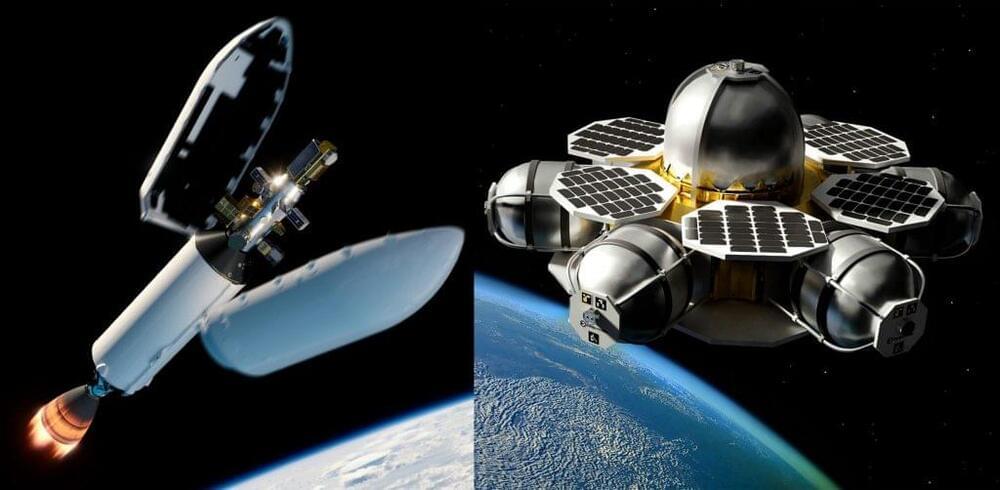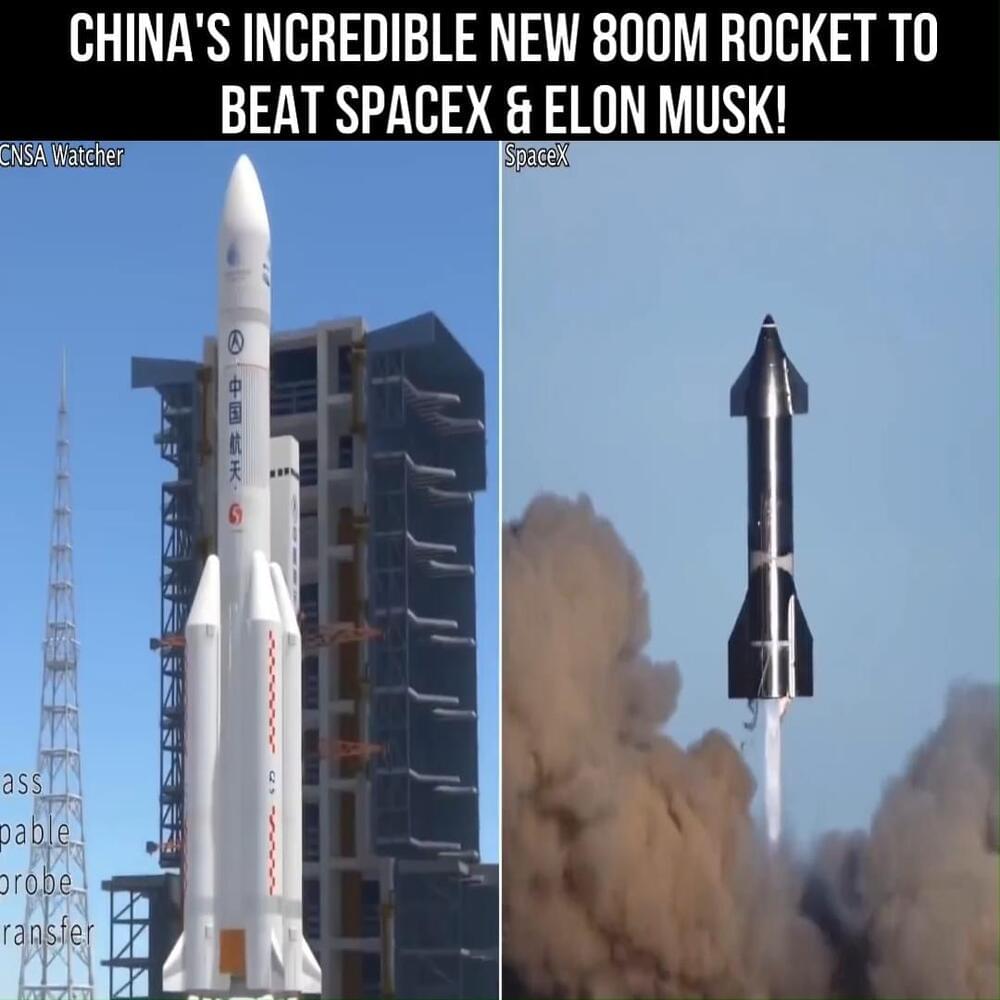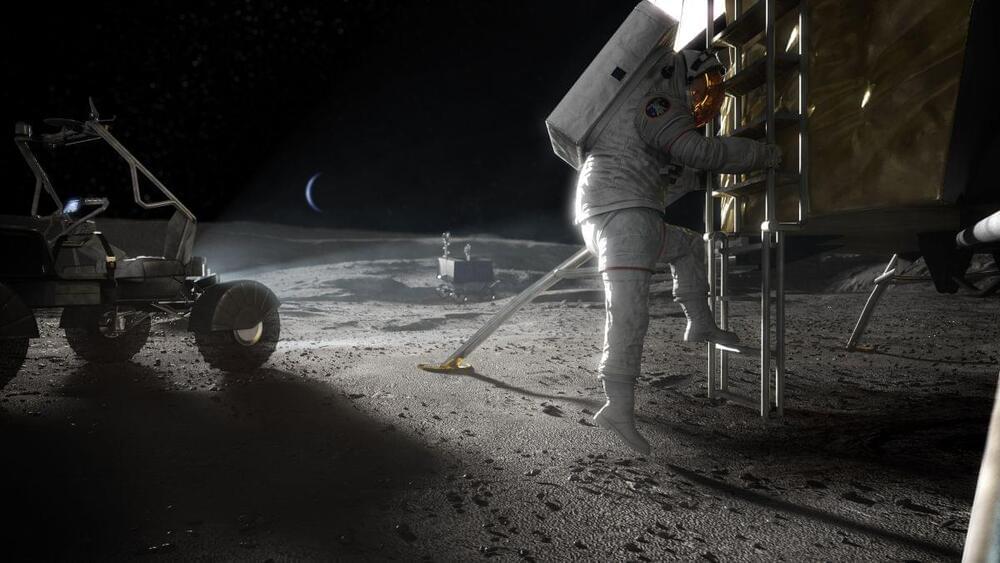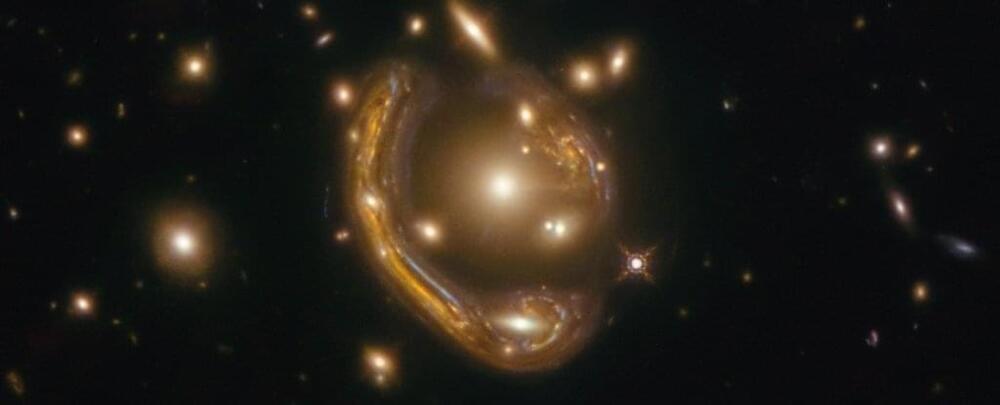As part of a SpaceX Falcon 9 launch that will send a commercial Moon lander on its way to Earth’s nearest neighbor, rideshare organizer Spaceflight Inc and propellant depot startup OrbitFab have revealed plans for the first high Earth orbit propellant depot.
Known as “Tanker-002,” the co-developed spacecraft will technically be the first propellant depot – essentially a gas station in space – to reach a geostationary orbit ~36,000 km (~22,300 mi) above the Earth’s surface. Based around a variant of Spaceflight’s brand new Sherpa OTV space tug vehicles, OrbitFab hasn’t disclosed the planned capacity of its unique GEO depot but the public specifications of Sherpa suggest that the company will be able to deliver a few hundred kilograms (300−800 lb) of hydrazine accessible via several tiny docking ports.
However, Tanker-002 isn’t interesting solely for its unique position as a tanker in GEO. How Spaceflight and OrbitFab plan to get the small spacecraft into position will be a feat of engineering and trajectory design in its own right.







